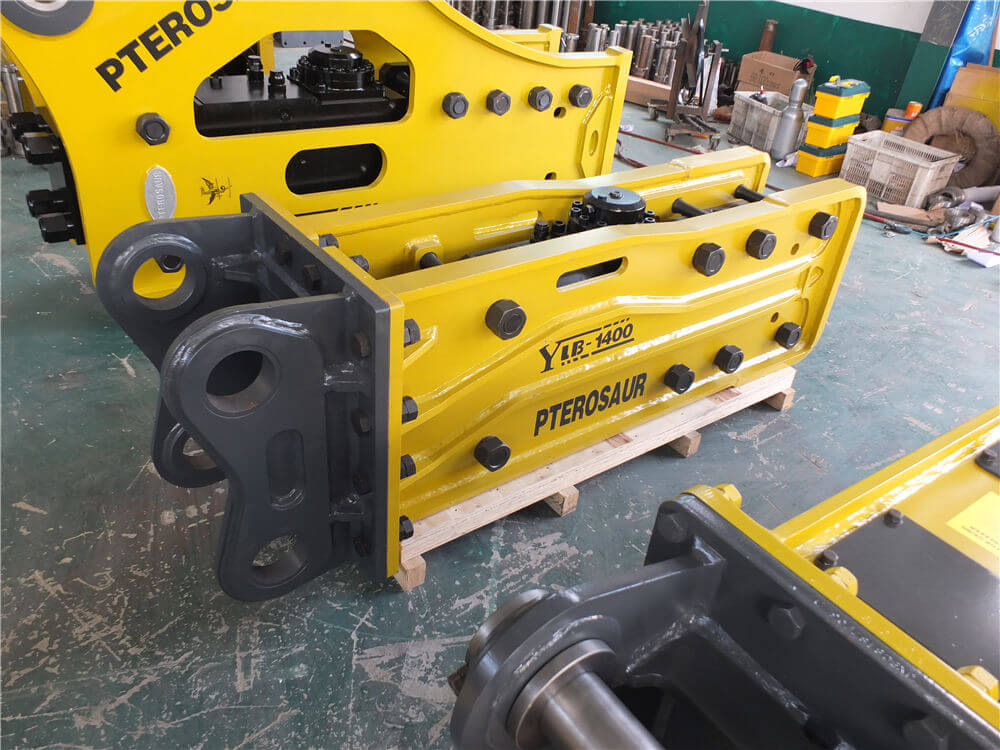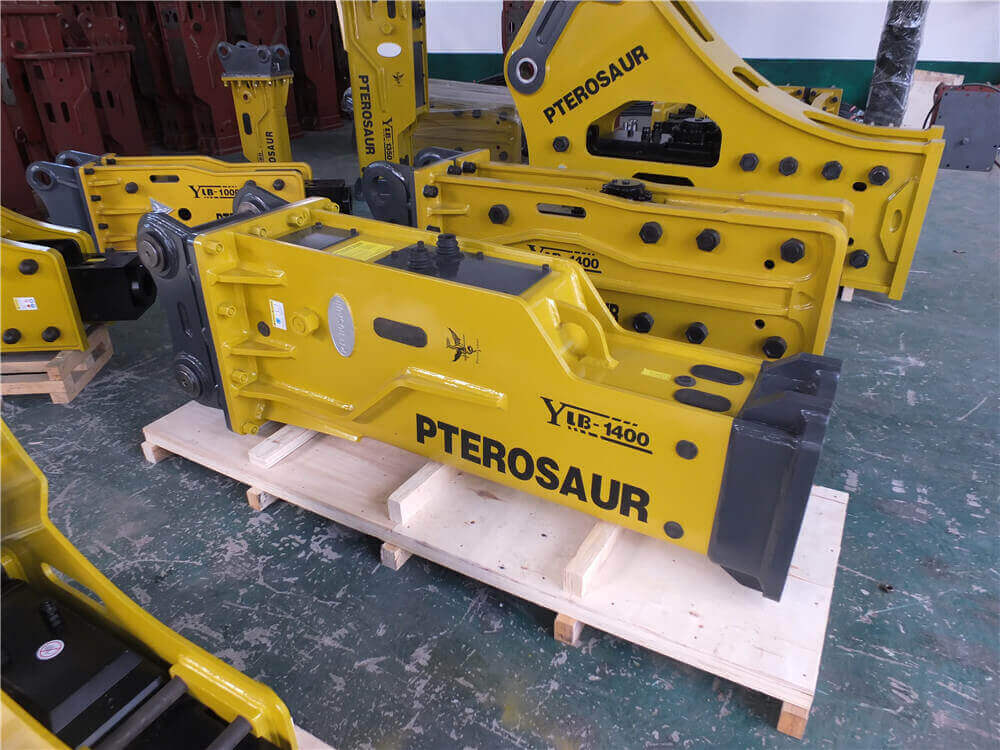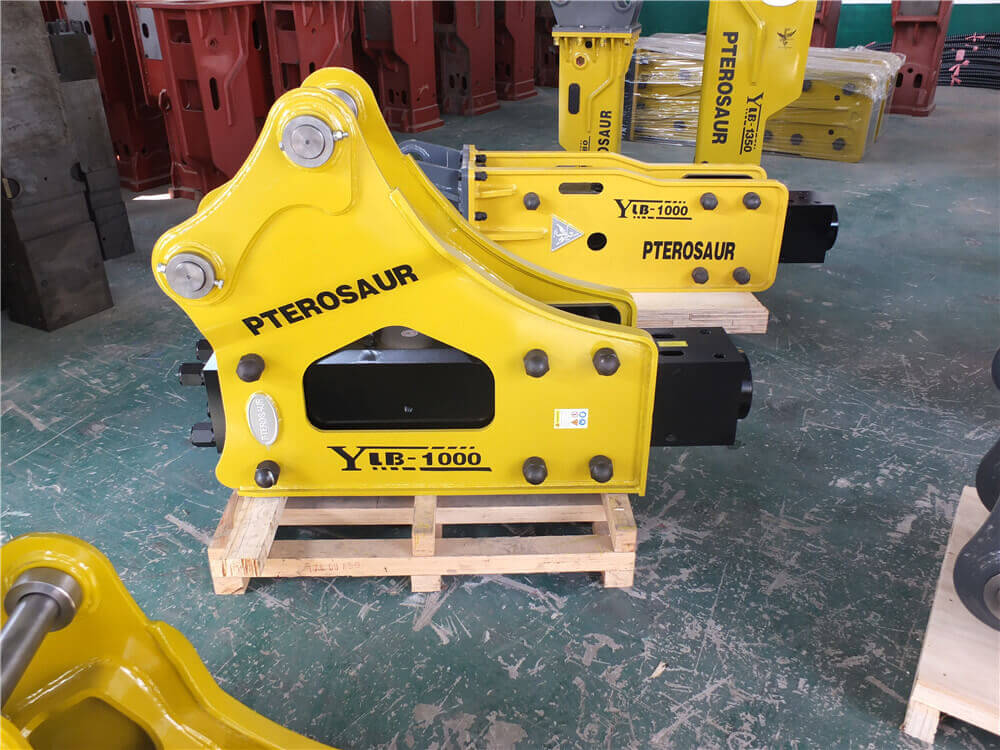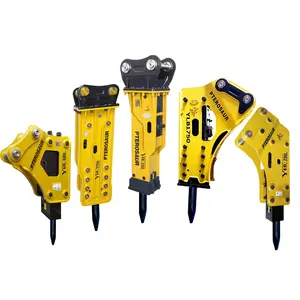
Hydraulic breakers have emerged as indispensable tools in the tunneling industry, particularly for rock clearance. As urban development and infrastructure expansion necessitate more tunnel projects, efficient rock removal becomes critical. This article explores the benefits of hydraulic breakers in tunnel construction, focusing on their role in rock clearance and providing relevant case studies that illustrate their effectiveness.
Advantages of Hydraulic Breakers in Rock Clearance
- High Impact Power: Hydraulic breakers are designed to deliver powerful impacts, making them highly effective at breaking through hard rock formations. Their ability to fragment rock quickly accelerates the excavation process, reducing overall project timelines.
- Versatility: These tools can be used in various types of rock and soil, allowing them to adapt to different geological conditions encountered during tunneling. This versatility is essential for navigating the unpredictable environments typically found in underground construction.
- Precision and Control: Operators have the ability to control the breaking action with great precision, enabling targeted rock removal without damaging surrounding structures or the tunnel walls. This is crucial for maintaining the integrity of the tunnel and minimizing the need for additional reinforcement.
- Reduced Noise and Vibration: Compared to traditional blasting methods, hydraulic breakers produce significantly less noise and vibration. This characteristic is particularly important in urban areas, where minimizing disturbance to surrounding communities is a priority.
- Enhanced Safety: Many hydraulic breakers can be operated remotely, which increases safety for workers. By allowing operators to maintain a safe distance from the breaking action, the risk of accidents is substantially reduced.
Case Studies in Rock Clearance for Tunnel Construction
- Urban Subway Project: In a metropolitan subway construction project, hydraulic breakers were utilized to clear rock formations encountered during tunneling. Their efficiency in breaking hard rock allowed the project to proceed on schedule, minimizing disruption to city services and traffic.
- Mountain Tunnel Construction: For a tunnel being constructed through a mountainous region, hydraulic breakers played a critical role in removing boulders and hard rock. Their powerful performance ensured that the tunneling team could advance at a steady pace, despite challenging geological conditions.
- Underground Utility Tunnels: In the installation of underground utility tunnels, hydraulic breakers were employed to remove rocky obstructions. The precision of the breakers enabled the team to create smooth pathways for utility lines while preserving the integrity of nearby structures.
- Railway Tunnel Expansion: During the expansion of a railway tunnel, hydraulic breakers were used to clear existing rock and debris. Their rapid breaking capability reduced downtime and allowed for the quick installation of additional tracks, enhancing the overall efficiency of the project.
- Hydropower Project: In a hydropower project that required extensive tunneling, hydraulic breakers facilitated the removal of hard rock to create water conduits. Their effectiveness in breaking rock minimized delays, contributing to the timely completion of the facility.
Conclusion
The application of hydraulic breakers in rock clearance for tunnel construction offers significant advantages that enhance efficiency, safety, and precision. Their powerful impact and versatility make them essential tools in navigating the complexities of underground construction. As tunneling projects become increasingly vital for urban infrastructure and development, the role of hydraulic breakers will likely expand, providing innovative solutions to meet the demands of modern engineering. By incorporating hydraulic breakers into their operations, construction teams can ensure timely project completion and improved safety, ultimately contributing to the success of tunnel construction initiatives.






